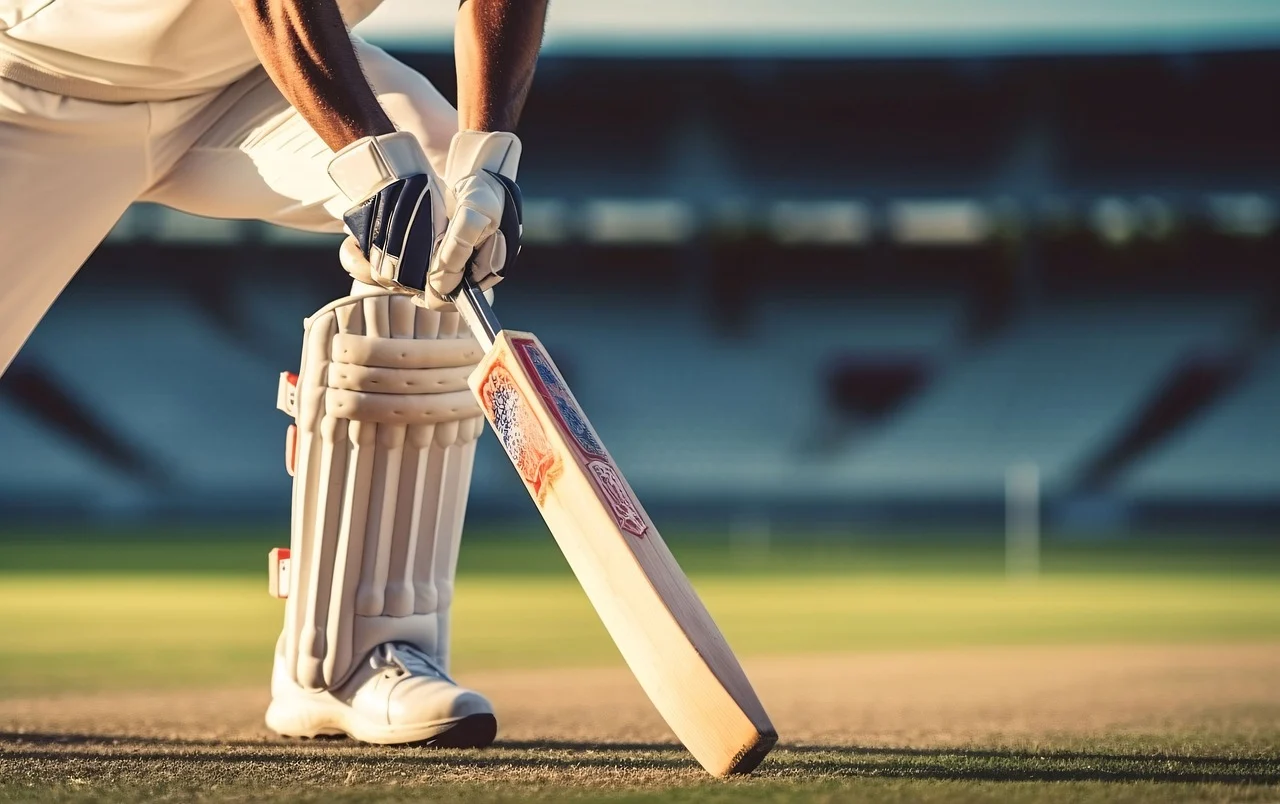Cricket is one of the most-watched sports around the world, with about 2.5 billion fans. Its popularity is only seconded by that of football (with 3.5 billion fans), even though it’s mostly played in former British colonies. It means that countries like India, Pakistan, Australia, Sri Lanka, and South Africa just love cricket. Thanks to technology, cricket’s billions of fans don’t need to idle during off-seasons: enter SRL cricket.
Here’s what you need to know about this new fever.
Virtually for Real
Big data analysis has transformed the world, and cricket wasn’t immune to its charms. SRL stands for simulated reality league, and it mimics real-life tournaments based on actual data harvested from numerous real-life matches. The emphasis on the term “real-life” isn’t an exaggeration since everything about SRL cricket revolves around accurate and updated team and players’ stats.
Simulations involve advanced graphic engines and artificial intelligence to bring imaginary matches to life on which punters can place their bets. Indeed, betting options are quite familiar, with in-play and future options. Unlike traditional gambling games, SRL doesn’t use random number generators; instead, it uses design patterns based on statistics to produce its results.
SRL cricket has many advantages over traditional matches, as diehard fans have already recognised. For instance, circumstances that could delay or even cancel a real-life game, such as adverse weather conditions or injuries, simply aren’t a problem in the simulated world. More than simulated results, fans can enjoy entire matches with cutting-edge graphics and mechanics. So, fans really get the feeling of watching an actual game. Typically, these simulations are based on the stats of the previous 500 games.
Bets Off the Bat

Part of the hype surrounding SRL cricket surely comes from the betting experience it provides. Indeed, punters can enjoy options like match results, tie bets, over/under, and in-play bets. The betting logic is also nearly the same. Since these games are based on real-life results, knowing the stats is as important as it’s on traditional events. Likewise, such stats also affect the odds.
Most cricket teams have at least one star who plays almost in every game to secure the best results. It’s advisable to track which players have been standing out lately and pick them in SRL, too. It’s important to notice that simulated results rarely coincide with those from real games. So, the odds don’t tell the whole story of an SRL match.
Cricket is much more than a sport. It has become a global market that is likely to reach USD 3.8 billion in 2025 and grow at a CAGR of 2.33% until 2029. According to specialists, the rise of social media, digital platforms, and big data analysis has been renewing interest in the sport among younger audiences. Undoubtedly, SRL cricket is part of this digital trend.
Available Leagues
SRL already offers the main national leagues, the Indian Premier League (IPL) being the most popular. Still, sports betting sites promote simulated versions of the Australian Big Bash League, Pakistan Super League, Caribbean Premier League, and the Super Sixies. Since the format is becoming widely popular, fans can expect new leagues and even new sports to join the list. Football and tennis are already well-represented. There are SRL versions of the EPL, Bundesliga, La Liga, WTA, and ATP tournaments.
Translating the Game Into Algorithms
Simulated reality leagues wouldn’t be possible without some of the latest tech developments in real-life cricket. Nowadays, such matches count on advanced tracking systems through which nothing passes unnoticed. The Hawk-Eye technology, for instance, helps with leg-before-wicket appeals using an array of high-speed cameras and algorithms that predict ball trajectory with precision.
This system was created in 2001, ending controversial umpire decisions and creating engaging graphics for television broadcasts. Other ball-tracking systems, too, collect data regarding speed, spin, and trajectory. Such systems also count on advanced algorithms to follow the ball’s trajectory from the player’s bat to its final destination. The result is a wealth of important statistics regarding a player’s technique and performance.
High-speed cameras, GPS, and wearable health sensors also closely follow players. These technologies, when combined, create a complete and accurate profile of players’ speed, stamina, performance, and potential health issues. More importantly, a sizeable chunk of this information comes into play in simulated reality leagues, creating even more life-like results.
Fantasy Leagues and SRL
Fantasy leagues are widely popular among sports fans. Their origins date back to the 1950s when the first card-based fantasy golf was released. Nowadays, the cards have been replaced by vast amounts of data, but the principle remains the same: it simulates results, not matches. The results for the Fantasy Premier League (based on the EPL) come out weekly, for instance.
Meanwhile, simulated reality leagues go quite a few steps further.
They generate full-range games using Hawk-Eye and all other technologies mentioned above. From the punter’s perspective, it looks like a video game and, in many ways, like real-life challenges. No wonder why betting options are so close to traditional ones, and no wonder why cricket fans love it so much. Better still, simulated reality cricket tournaments are based on the sport’s most popular and dynamic format, T20.
SRL realism is likely to improve even further as developments in big data analysis, AI, blockchain, and other technologies emerge. It’s easy to imagine a future where simulated games will be nearly indistinguishable from real-life events, providing fans with entertainment 24/7.
